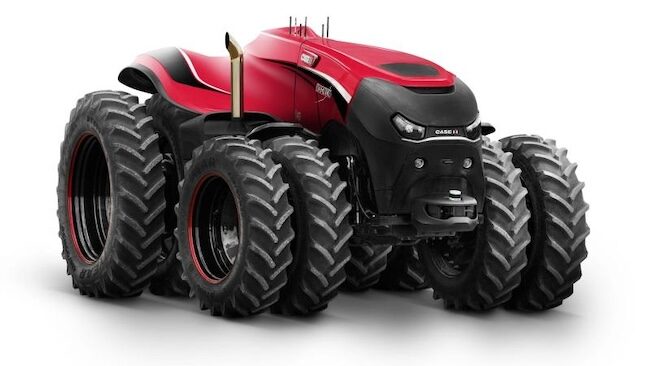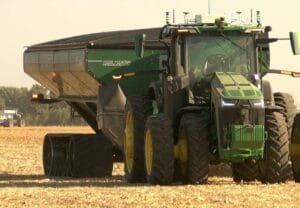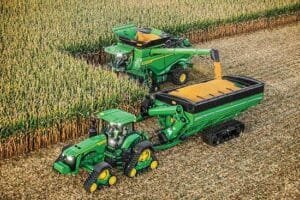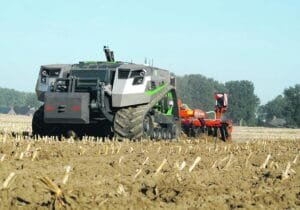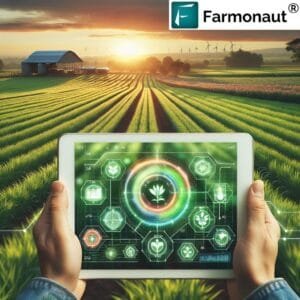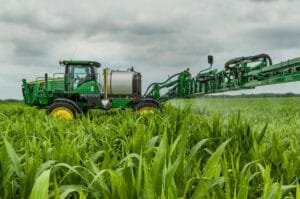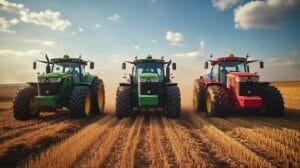The agricultural sector stands at the cusp of a significant change as autonomous tractors move from experimental prototypes to commercially available solutions in 2024. These self-driving machines, equipped with advanced GPS systems, sensors, and artificial intelligence, represent the latest milestone in farming automation. Major manufacturers have now released market-ready models that can perform various field operations with minimal human intervention, marking a practical shift in how modern farms approach day-to-day operations. The agricultural sector is witnessing a transformative shift as autonomous tractors become increasingly prevalent across global farming operations. These self-driving machines incorporate advanced GPS technology, artificial intelligence, and machine learning capabilities to perform various farming tasks with minimal human intervention.
Leading manufacturers have refined their autonomous tractor offerings for 2024, focusing on enhanced precision, improved safety features, and increased operational efficiency.These vehicles utilize sophisticated sensor arrays,including LiDAR,radar,and computer vision systems,to navigate fields while avoiding obstacles and maintaining optimal working patterns.
Current market-ready models operate at Level 4 autonomy, requiring minimal human supervision while performing pre-programmed tasks such as plowing, seeding, and harvesting. The integration of real-time weather monitoring systems allows these machines to adjust their operations based on environmental conditions, ensuring optimal performance regardless of external factors.Battery-powered autonomous tractors are gaining traction,with several manufacturers offering electric variants that can operate for up to 10 hours on a single charge. These eco-friendly alternatives reduce operational costs and environmental impact while maintaining comparable performance to their diesel counterparts.
Data management capabilities have evolved significantly, with autonomous tractors now collecting and analyzing soil conditions, crop health, and yield metrics in real-time. This information is transmitted to cloud-based platforms,enabling farmers to make informed decisions about resource allocation and crop management strategies.
Manufacturers have addressed previous concerns regarding reliability and maintenance by implementing predictive maintenance systems and remote diagnostics capabilities. These features allow for proactive service scheduling and reduced downtime, maximizing the return on investment for farming operations.
Pricing structures have become more flexible, with manufacturers offering various purchase options, including leasing and pay-per-use models. This flexibility makes autonomous technology more accessible to small and medium-sized farming operations, driving wider adoption across the industry.
Security features have been enhanced to protect against cyber threats and unauthorized access, incorporating encrypted communications and regular software updates to maintain system integrity. Remote monitoring capabilities allow operators to track multiple units simultaneously from a central control station.
the integration of autonomous tractors with existing farm management systems has improved, allowing seamless coordination with irrigation systems, crop monitoring tools, and other smart farming technologies. This interconnectivity enhances overall farm efficiency and productivity.Training requirements have been streamlined,with manufacturers providing complete online learning platforms and virtual reality simulators to facilitate operator familiarization with autonomous systems. Technical support is available 24/7 through remote assistance platforms, ensuring minimal disruption to farming operations.
As these autonomous solutions continue to mature, they demonstrate increasing reliability and cost-effectiveness, making them viable alternatives to traditional farming equipment. The technology’s ongoing evolution suggests further improvements in capability and accessibility throughout 2024 and beyond.

